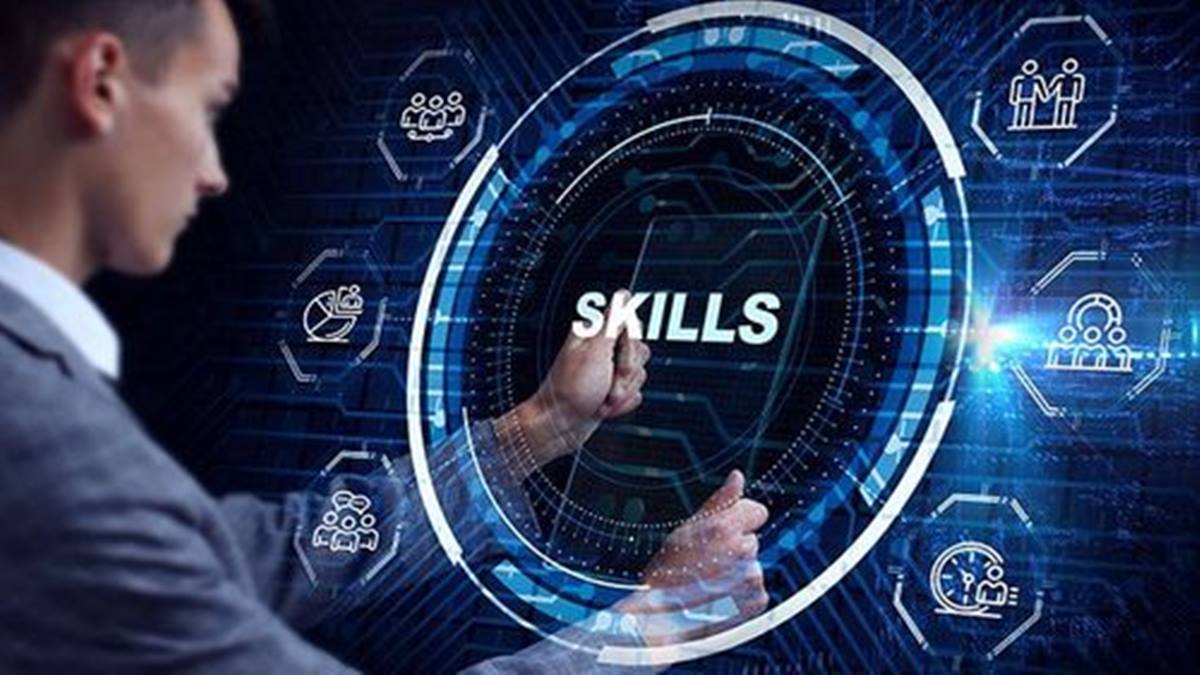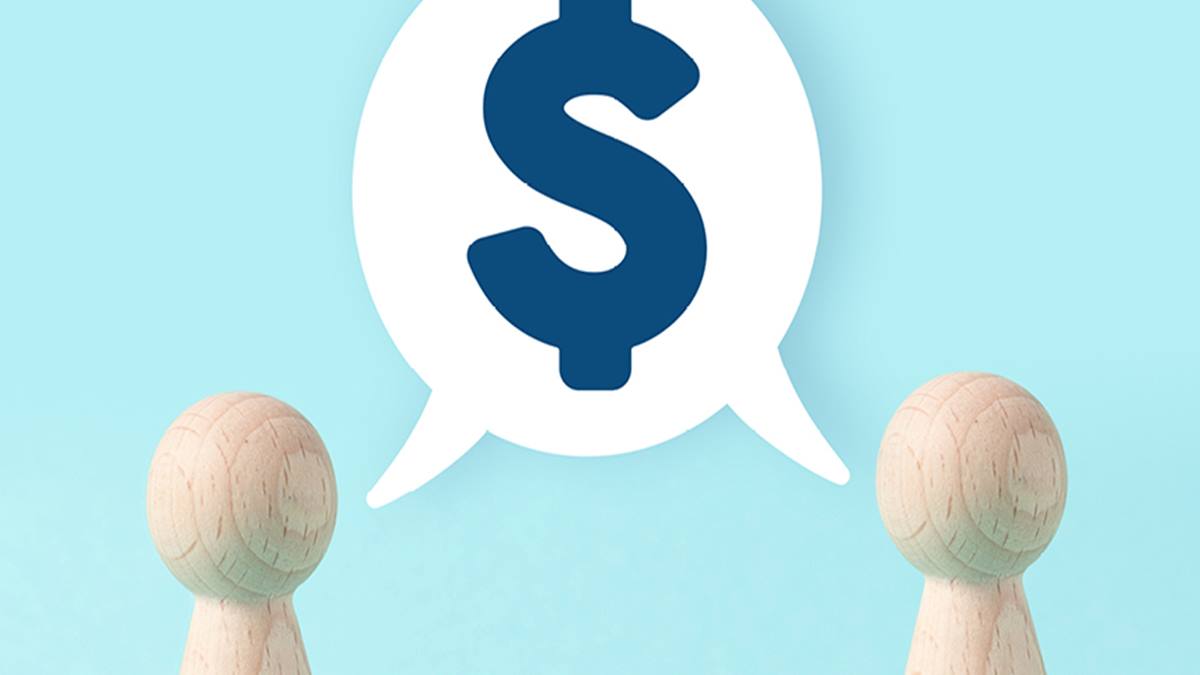In a modern office, your new colleague might not be human. It could be an AI-powered chatbot handling your payroll questions, an algorithm analyzing your resume for keywords, or a sophisticated system tracking your productivity and flagging it for review. In 2025, the automation of Human Resources is no longer a futuristic concept,it is a pervasive reality. AI tools are being deployed to streamline recruiting, manage helpdesks, track employee sentiment, and even assist with performance reviews. Yet, as the lines between human and machine management blur, regulators are drawing a firm boundary: while AI can handle routine tasks, they are making it clear that critical HR decisions must remain human.
This tension between technological efficiency and human accountability defines the current moment in HR. We are at a crossroads where the promise of the “RoboBoss” – a perfectly logical, unbiased, and tireless manager – is clashing with the essential need for empathy, ethics, and a human touch. This article explores where AI excels, the tangible risks of its overreach, and the new global regulations designed to pull the human element back from the brink of automation.
AI Excels but Must Learn to Yield
The allure of AI in HR is undeniable. At its best, it is a tool for immense efficiency gains. Machines can rapidly screen thousands of applications, sifting through resumes for a specific skill set in minutes, a task that would take a human recruiter days. They can provide instant answers to frequently asked questions, freeing up HR professionals to focus on more complex, person-to-person issues. This is the argument for AI as an augmentative force: a technology that makes a human workforce more effective.
However, the paradox of automation, a concept that warns of the dangers of over-reliance on technology, is particularly relevant here. As systems become more efficient and autonomous, the need for human oversight paradoxically grows. Why? Because when errors occur in an automated system, they can cascade disastrously. A single bug in a recruitment algorithm could unjustly filter out qualified candidates from diverse backgrounds, reinforcing existing biases on a massive scale. An unmonitored chatbot could give incorrect or harmful advice. The “paradox of automation” warns us that in this new age of AI-driven HR, the role of the human is not eliminated, it is transformed into one of vigilant auditing and ethical gatekeeping.
The promise of efficiency often overshadows the negative impact on the very people these systems are designed to manage: the employees. Studies reveal that intensive exposure to AI-driven workplace tools, such as trackers, chatbots, and surveillance systems, is correlated with worsening employee wellbeing. This leads to tangible consequences, including a pervasive feeling of job insecurity, increased stress, and a significant loss of meaningful work. When every keystroke and every interaction is potentially being monitored by an unseen system, employees can feel like cogs in a machine, stripped of their agency and creativity. The feeling of being managed by an algorithm can be deeply unsettling, eroding the trust that is so vital to a healthy workplace culture.
Regulation Pulls Humanity Back In
The regulatory response to these risks has been swift and decisive, led most notably by the EU AI Act. This landmark legislation, set to become a global standard, has classified HR systems involved in recruitment, performance evaluation, or employee management as “high-risk.” This is not a casual designation. It places a significant burden on companies to ensure these systems meet stringent standards for transparency, fairness, and data protection.
Under these new rules, automated decisions that significantly impact an individual’s career trajectory cannot be made without meaningful human intervention. This is the core of the new regulatory philosophy. An algorithm can provide a list of top candidates, but humans must make the final hiring decision. An AI can track performance metrics, but a manager must interpret that data and conduct the actual performance review. The logic is clear: while AI can analyze data, only a human can apply empathy, context, and ethical judgment to a situation that impacts a person’s life and livelihood.
Moreover, the EU AI Act takes a stand against the most invasive forms of AI surveillance. Emotion-recognition tools, social scoring, or manipulative algorithms – which might monitor stress levels or attempt to influence employee behavior – are outright prohibited. This ban is a powerful statement about the sanctity of the individual in the workplace and the unacceptable nature of psychological manipulation by machines.
To ensure compliance, the responsibility is not just on the technology itself, but on the people who use it. Companies are now required to invest in AI literacy, ensuring that HR staff can understand, audit, and explain how these AI systems work. This is a crucial step towards accountability. If an employee challenges a hiring decision, for example, the HR professional must be able to explain how the algorithm was designed and what factors it considered. This level of transparency is essential for building and maintaining trust in an increasingly automated world.
A Call for Balance is Imperative
The rise of the “Robo Boss” forces a fundamental reevaluation of what it means to manage people. While AI offers a new level of efficiency, the most significant challenges in HR, from navigating complex interpersonal conflicts to providing meaningful career guidance, remain inherently human. This is why HR decision-making human oversight is not a bottleneck to be overcome, but a crucial safeguard. A machine can analyze data on absenteeism, but only a human manager can understand that a sudden increase is due to a personal crisis and requires empathy, not a warning. Ultimately, the most successful HR systems will be those that prioritize augmenting human judgment, not replacing it.
This philosophical shift is at the heart of AI ethics in HR management. Ethical AI means more than just avoiding bias in recruitment algorithms. It means designing systems that are transparent, explainable, and accountable. It means asking a deeper question: is this technology serving the people, or is it merely serving the bottom line? When companies are intentional about building an ethical framework, they can create systems that empower employees rather than alienating them. For instance, a performance-tracking tool can be used to identify skills gaps and recommend personalized training, rather than simply flagging underperformers for dismissal.
Finally, we must consider the impact of automation and employee wellbeing. The push for relentless efficiency can turn work into a sterile, soulless routine, leading to stress, burnout, and a feeling of being interchangeable. The challenge is to use technology to free up people to do what they do best: innovate, collaborate, and build relationships. The best use of AI is to automate the mundane so humans can focus on the meaningful. This balance is not just an ethical luxury; it is a strategic necessity for creating a healthy, productive, and resilient workforce.
Why These Rules Matter
The push for automation in HR stems from the understandable corporate impulses of cost-cutting, productivity drives, and scalability. Companies see AI as a way to do more with less, to streamline processes and gain a competitive edge. But in their rush to automate, many have failed to consider the significant human costs. Over-relying on AI in HR erodes trust, jeopardizes fairness, and can fundamentally alienate employees. A chatbot cannot provide comfort to an employee grieving a personal loss, and an algorithm cannot understand the context behind a dip in performance.
The new regulatory guardrails, from the EU AI Act to similar debates in places like California, signal a global inflection point. The debate is no longer about whether to use AI in HR, but about how to use it responsibly. The future of work is not about replacing the human element, but about enhancing it.
Ultimately, AI can and should augment HR. It can be a powerful assistant, handling the administrative burdens and providing insightful data. But it must not, and cannot, replace the empathy and ethical judgment that only humans can provide. The most successful organizations in the coming years will be those that strike the right balance, leveraging the power of AI for efficiency while keeping human compassion, oversight, and a commitment to fairness at the very heart of their people-first practices.

















